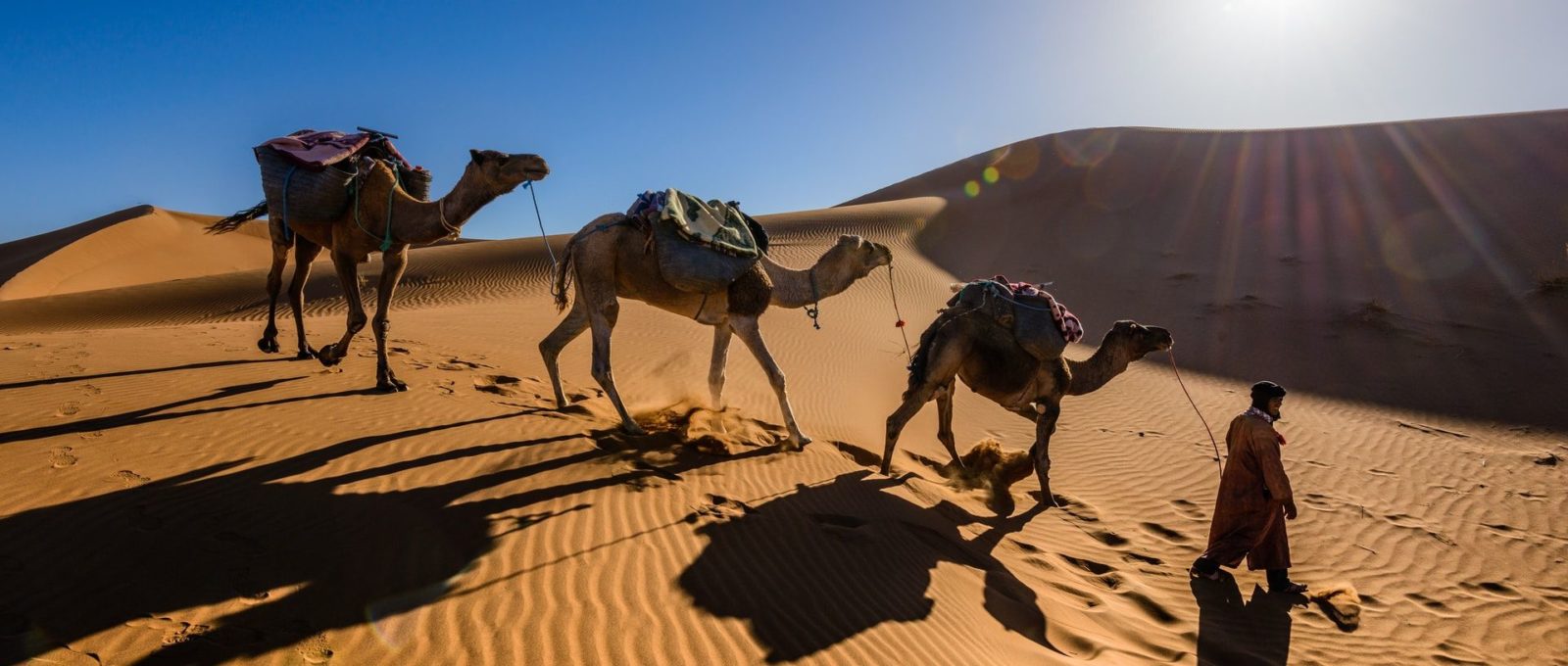COOKING OIL HELPS PEOPLE OF SAHARAWI
(COMPLETED PROJECT – 2003)
Background
The Western Sahara is a desert region lying between Algeria, Morocco and Mauritania. This region is the homeland of the Saharawi, who are a mix of Arab and Berber people. In 1975, the Moroccan army invaded and occupied territory within the Western Sahara, and most Saharawi civilians fled east into Algeria. Over the past 27 years, a huge complex of 4 major Saharawi refugee camps has grown up around Tinduf in western Algeria, near the border with Morocco. These camps are home to more than 160,000 people, mainly women and children. Most people under the age of 24 have never lived anywhere else but in the camps, which are located in one of the world’s harshest natural environments. The Saharawi people are wholly dependant on food and aid supplied by humanitarian organizations. Nothing grows in the Sahara and there are no possibilities of developing self-sufficiency.
Since 1975, the Saharawis’ armed struggle against Morocco has been waged by the military wing of the Polisario, an organisation originally formed to fight an earlier occupation of the territory by Spain. Morocco keeps a heavy military presence in the Western Sahara, and has raised a vast barrier of sand, called the” berm”, and hundreds of miles of high barbed-wire fencing, to block attacks by Polisario guerrillas. The Polisario are also the official political representatives of the Saharawi people. The camps are run democratically, using a system of discussion and decision-making based on Saharawi tribal tradition.
How GAiN Helped
Along with GAiN Germany, we visited the Saharawi camps in Februrary of 2003 where they were able to deliver four containers of food aid. Each of these containers consisted of food valued at $150,000 and provided 22,500 meals for a total of 90,000 highly nutritious meals. Perhaps most important of all, GAiN staff had the opportunity to live in their homes and really get to know the people and for a short period of time, experience their plight alongside them.
At this point, their biggest need continued to be food and clean drinking water. One food item that was such an integral part of their diet and which was not always available was cooking oil. The other need, water, came from 35 kilometers away, via water trucks and those trucks were barely able to keep up with the needs. They went all day and if just one truck had any type of delay or mechanical failure some of the people would go without drinking water that day. They simply do not have enough trucks.
Witnessing these immediate needs first-hand compelled us in the decision for the next aid transport. A water truck filled with cooking oil was delivered to the camps. The cooking oil (approx. 15,000 liters) was distributed to the families throughout the camps. The truck was then rinsed out and left at the camp to be used for transporting drinking water.

